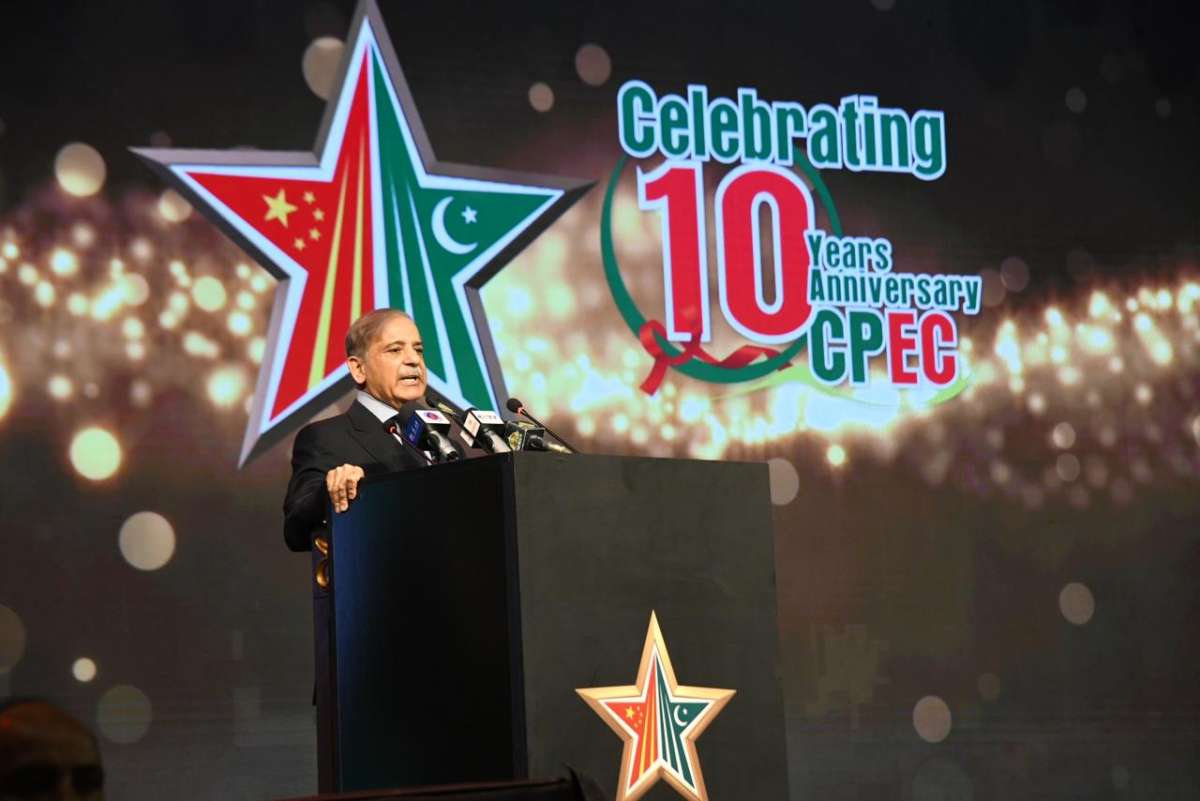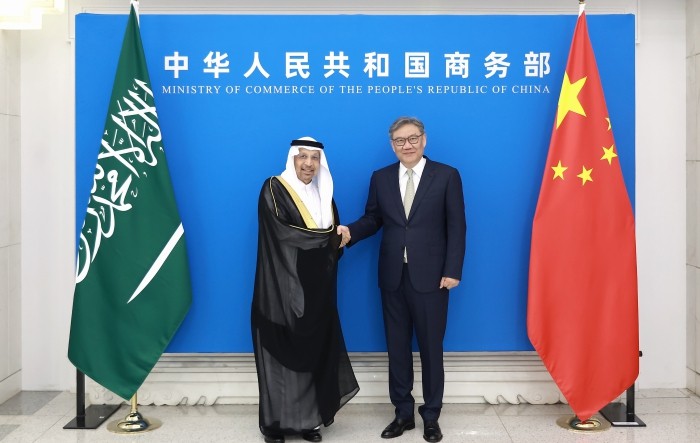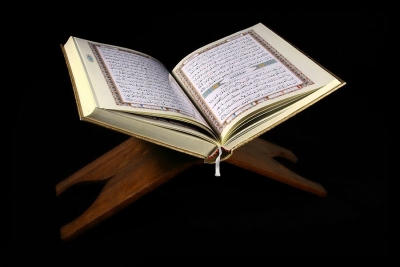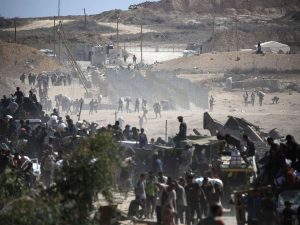Even as both Beijing and Islamabad repeatedly professed that the project has been a game changer adding thousands of jobs and boosting livelihoods of the locals, analysts said that these may be just claims….reports Asian Lite News
No independent or third party assessment has been undertaken for the 10 year old China Pakistan Economic Corridor (CPEC) – the flagship of multi-trillion Belt and Road Initiative (BRI). Even as both Beijing and Islamabad repeatedly professed that the project has been a game changer adding thousands of jobs and boosting livelihoods of the locals, analysts said that these may be just claims.
Haroon Sharif, the head of Pakistan’s Board of Investment in 2018-19 told Voice of America (VOA) that the statistics provided by the government were merely the claims of the government, not based on third-party assessment.
“The figure could be only credible when it is based on the third-party independent economic assessment,” Sharif said.
Recently, Ahsan Iqbal, Pakistan’s Federal Minister for Planning, Development and Reform, however, said that the project has been implemented in record time due to total commitment of the leadership of both countries.
In May, Chinese newspaper Global Times claimed that till 2022, the CPEC created 236,000 jobs, and the number of Pakistani workers reached 155,000. Data tells a different picture with Pakistan’s unemployment rate having only gone up. In January, Pakistan’s local newspaper Dawn noted that around 6.205 million people or 8.5 per cent of the total workforce of 73 million may remain unemployed in 2022.

In fact, since 2013, China’s loans to Pakistan have increased multi-fold. In June 2013, China’s loans to Pakistan stood at about $4 billion. The amount at present is estimated at $30 billion. Much of the loans have come under the CPEC. China is Pakistan’s largest bilateral creditor.
The initial budget for the project was $62 billion but over years, the cost has escalated, dampened with delays and other executional hindrances. However as Beijing battles its own economic challenges at home, Chinese loans are now gradually drying up.
Pakistan Prime Minister Shehbaz Sharif who took charge last year blamed the previous Imran Khan government for delays though took no step to change the course.
According to Committee for the Abolition of Illegitimate Debt (Cadtm), of the total amount, Pakistan owed around $10 billion the Chinese banks Between July 2021 and March 2022, over 80 per cent of Pakistan’s bilateral debt service went to Beijing, it said, adding that though Islamabad and ruling elite view CPEC as a game changer, experts and local economists have different insights.
Geopolitica.info noted that China has reportedly ceased to provide Pakistan with a steady stream of funds due to delays in CPEC projects caused by Islamabad’s bureaucratic corruption, internal politicking, and heightened security threats in Balochistan and Sindh provinces.
The foreign policy website said that except for putting the blame on the former government for the CPEC slowdown, Sharif and his ministers have not taken any action to resume work on several stalled projects. “Given Pakistan’s dire economic situation, it appears unlikely that CPEC projects will be completed on schedule, and a failure of this magnitude could put the whole China’s Belt and Road Initiative at risk,” it added.
Bottomline: if CPEC was a success story as presented by both Islamabad and Beijing, Pakistan’s economy wouldn’t be tattering. The cash starved nation has just managed to avert a sovereign default after receiving a $3 billion bailout package from the International Monetary Fund (IMF).
Without a credible third party 360 degree assessment of the CPEC, no one would know the real story or impact of the much hyped mega project.













